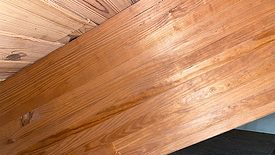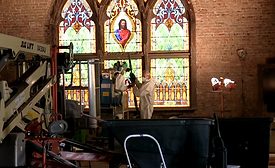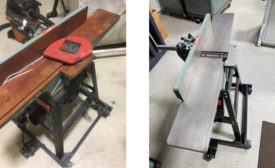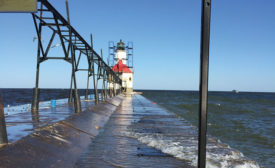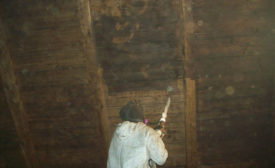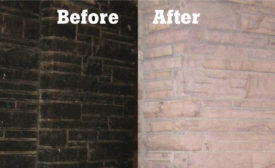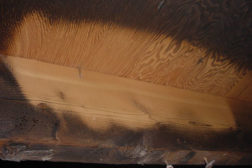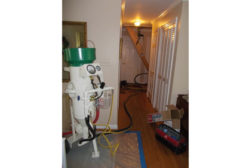Home » dry ice blasting
Articles Tagged with ''dry ice blasting''
Lessons Learned from Restoring a Historic Church After a Fire
Dry Ice Blasting, Asbestos Abatement, Contractor Safety and a Hidden Surprise
Read More
Media Blasting in Restoration: What Every Contractor Should Know
Ask the Expert
October 14, 2021
Cold Jet Announces Acquisition of IceTech
Acquisition of dry ice blasting company completed Jan. 13
January 18, 2016
Restoring a Farm's Rich History
The journey of restoring a historic New Hampshire barn damaged by fire
Read More
Focus on Blasting Without Losing Your Focus
The versatility of today’s blasting equipment allows it to be utilized for more than just mold and fire jobs.
Read More
Stay ahead of the curve with our eNewsletters.
Get the latest industry updates tailored your way.
JOIN TODAY!Copyright ©2025. All Rights Reserved BNP Media.
Design, CMS, Hosting & Web Development :: ePublishing
